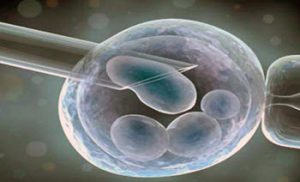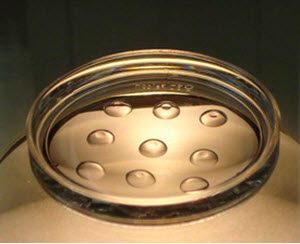 In standard in vitro fertilisation (IVF), the mature eggs are collected from the ovaries. In vitro maturation is an alternative to this, where immature eggs are collected from the ovaries and matured in the laboratory before being fertilised.
In standard in vitro fertilisation (IVF), the mature eggs are collected from the ovaries. In vitro maturation is an alternative to this, where immature eggs are collected from the ovaries and matured in the laboratory before being fertilised.
With IVM, the woman doesn’t have to wait for eggs to mature naturally or be treated with drugs that prompt the eggs to mature. IVM is especially popular among women who have experienced bad side effects from the drugs during a past in vitro fertilisation cycle. IVM is especially recommended for women who are susceptible to develop ovarian hyper-stimulation syndrome (OHSS), a potentially serious over-reaction to certain fertility drugs commonly used during standard IVF. Women with PCOS are more likely to develop OHSS.
Another situation where a couple may opt for IVM is where the infertility issues are male factors only.
The process
 This is one example of how IVF using in vitro maturation can be carried out. The exact process can vary between different fertility clinics and also due to individual concerns.
This is one example of how IVF using in vitro maturation can be carried out. The exact process can vary between different fertility clinics and also due to individual concerns.
- A blood sample is taken early in the woman’s menstrual cycle. The blood is tested to see any signs of problems that could make it difficult to obtains eggs.
- Immature eggs are collected from the woman while she is sedated.
- The eggs are placed in a dish and kept in an incubator for one to two days, during which they mature.
- When the eggs are mature, the same procedure is followed as for standard IVF. (For more information, see our page about IVF.)
Important information
- The chances of a successful pregnancy with IVM are similar to those for conventional IVF.
- In many cases, fewer eggs are collected for IVM than for conventional IVF.
- There is always a risk that the eggs will not mature enough in the incubator to be fertilized.
- IVM is a new technique. At the time of writing, roughly 400 children are born each year as the result of successful in vitro maturation. Compared to conventional IVF, we know much less about any long-term issues that might be connected to IVM, simply because most children that exist as a result of IVM are still very young.
